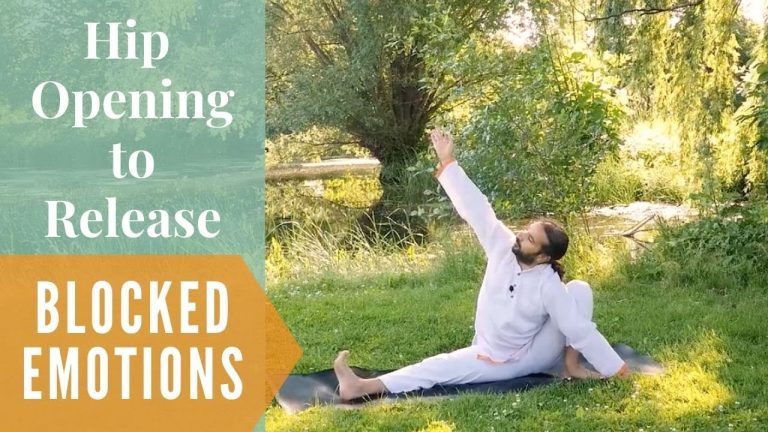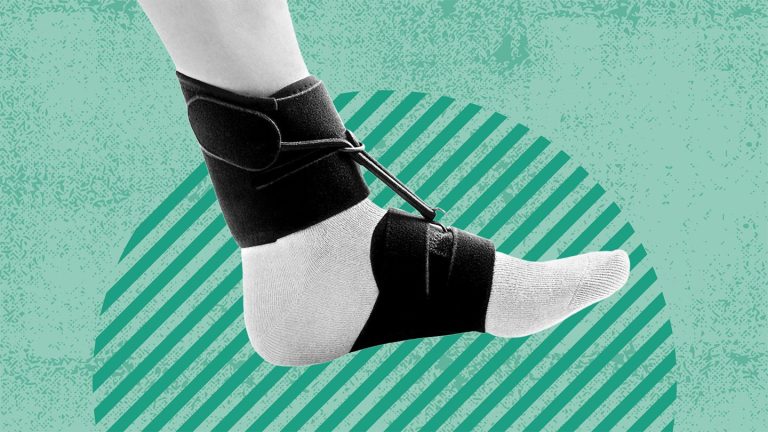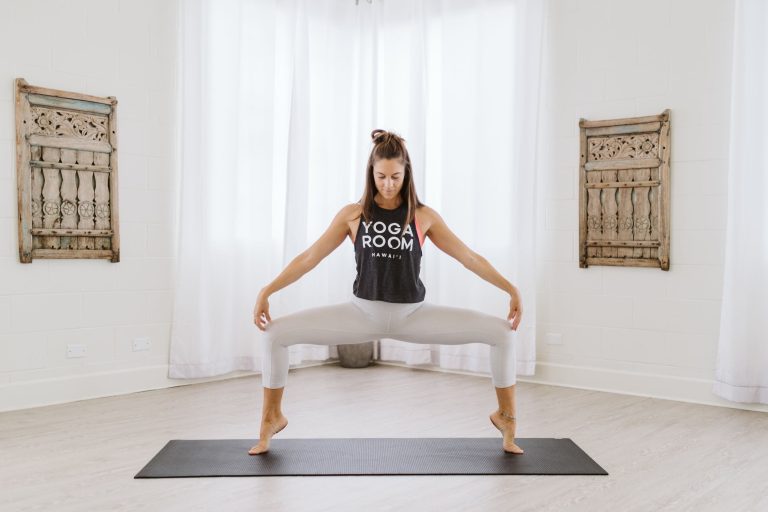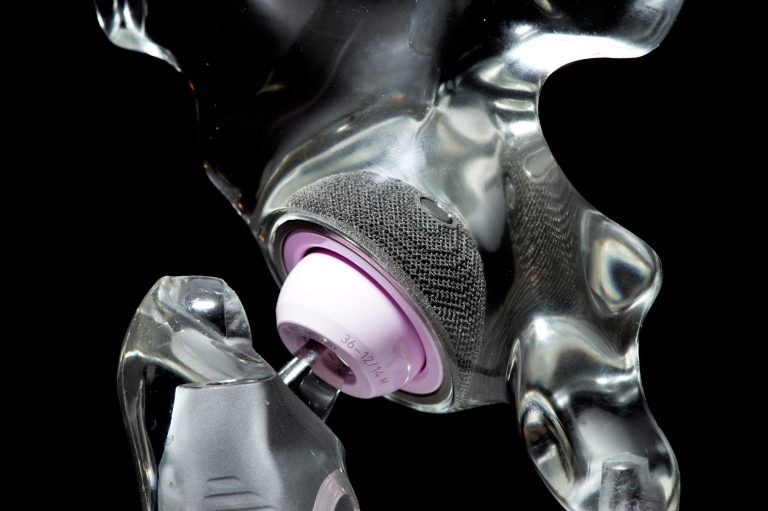How to Loosen Up Hips: Practical Tips for Flexibility
Are you familiar with the feeling of stiffness and discomfort in your hips, making it a struggle to move freely? If so, you’re not alone.
In today’s world, where sitting is the norm and constant movement is limited, tight hips have become a common ailment. But fret not, for there is a solution to this problem.
By incorporating a few simple stretches, implementing some relaxing massages, and incorporating movement into your daily routine, you can loosen up those stubborn hips and experience a world of pain-free mobility. So, get ready to unlock the secrets to supple hips and regain your freedom of movement.
how to loosen up hips
To loosen up tight hips, there are several stretching exercises you can try. Sitting for extended periods or inactivity can cause tightness in the hips, as well as activities like cycling and running.
Other causes include postural imbalances, sleeping on one side, and leg length discrepancies. Tight hips can result in limited range of motion, back pain, swelling, and muscle tears.
To alleviate this, you can perform stretching exercises such as the seated glute stretch, child’s pose, and seated spinal twist. Hip flexor stretches like the low lunge and reclined pigeon pose can also help lengthen and strengthen the hip flexors.
Additional exercises include hamstring stretches, knee-to-chest stretches, hip abductor stretches, clamshell exercises, cow face pose, standing leg raises, happy baby pose, and butterfly stretches. It is recommended to hold each stretch for up to 1 minute and perform multiple sets or repetitions.
In addition to stretching, applying heat or ice, getting massages, and using muscle rub can help relieve tension in the hips. It is important to warm up before physical activity, take breaks from sitting, and practice good sleep posture as well.
Seeking medical attention is advised if experiencing extreme pain or worsening symptoms.
Key Points:
- Sitting for extended periods or inactivity can cause tightness in the hips, as well as activities like cycling and running.
- Other causes of tight hips include postural imbalances, sleeping on one side, and leg length discrepancies.
- To alleviate tight hips, try stretching exercises such as:
- seated glute stretch
- child’s pose
- seated spinal twist
- low lunge
- reclined pigeon pose
- Additional exercises include:
- hamstring stretches
- knee-to-chest stretches
- hip abductor stretches
- clamshell exercises
- cow face pose
- standing leg raises
- happy baby pose
- butterfly stretches
- It is recommended to hold each stretch for up to 1 minute and perform multiple sets or repetitions.
- Applying heat or ice, getting massages, and using muscle rub can help relieve tension in the hips.
Sources
https://www.healthline.com/health/tight-hips
https://www.healthline.com/health/exercise-fitness/how-to-stretch-hips
https://greatist.com/move/opening-hips
https://www.nbcnews.com/better/lifestyle/sit-all-day-try-these-desk-stretches-loosen-your-hips-ncna1006566
Check this out:
💡 Pro Tips:
1. Incorporate dynamic stretching into your warm-up routine before physical activity to help loosen up your hips. This can include exercises like leg swings and hip circles.
2. Try foam rolling your hip muscles to help release tension and increase flexibility. Roll over the muscles on each side of your hips for up to 30 seconds each.
3. Regularly incorporate hip-opening yoga poses into your exercise routine. Poses like pigeon pose and lizard pose can help stretch and loosen up tight hip muscles.
4. Engage in regular strength training exercises that target your hip muscles. Strengthening exercises like squats, lunges, and hip bridges can help improve mobility and reduce tightness.
5. Consider seeking the help of a physical therapist or a chiropractor if you have persistent tightness in your hips. They can provide personalized exercises and treatments to help alleviate the tightness and improve your hip mobility.
Causes Of Tight Hips
Sitting for extended periods or being inactive for long periods of time can cause tightness in the hips. When we sit for long periods, the hip flexors remain in a shortened position, leading to tightness.
Overusing the hips during activities like cycling and running can also contribute to tight hips. Other causes include postural and structural imbalances, sleeping on one side of the body, and leg length discrepancies.
These factors can lead to muscle imbalances and tightness in the hip area.
Tight hips can result in various issues such as limited range of motion, back pain, swelling, and muscle tears. It is important to address tight hips to avoid further complications and discomfort.
In the following sections, we will explore various exercises and techniques to help loosen up the hips and improve flexibility.
Stretching Exercises To Loosen Up Tight Hips
Stretching exercises can be highly effective in loosening up tight hips. Here are a few exercises you can incorporate into your routine:
- Seated Glute Stretch: Sit on the edge of a chair or bench with one ankle resting on the opposite knee.
Gently apply pressure to the raised knee until you feel a stretch in your glutes and hips. Hold for 30 seconds and repeat on the other side.
- Child’s Pose: Start on your hands and knees, then sit back onto your heels and stretch your arms forward.
Allow your forehead to rest on the ground and breathe deeply, feeling the stretch in your hips.
- Seated Spinal Twist: Sit on the floor with your legs extended in front of you.
Bend one knee and cross it over the opposite leg, placing your foot flat on the floor. Twist your upper body towards the bent knee, using your opposite arm as leverage.
Hold for 30 seconds and repeat on the other side.
- Low Lunge: Start in a kneeling position with one foot forward and the knee bent at a 90-degree angle.
Lean forward, feeling the stretch in the front of the hip of the back leg. Hold for 30 seconds and repeat on the other side.
- Reclined Pigeon Pose: Lie on your back with both knees bent.
Cross one ankle over the opposite knee and bring the bottom knee towards your chest. Interlace your fingers behind your thigh and gently pull towards your body.
Feel the stretch in your hip and glute area. Hold for 30 seconds and repeat on the other side.
Additional Exercises For Hip Flexibility
In addition to stretching exercises, there are other exercises that can help improve hip flexibility. These include:
- Hamstring stretches: Stand with one foot elevated on a step or ledge and lean forward, keeping your back straight. You should feel a stretch in the back of your leg.
Hold for 30 seconds and repeat on the other side.
-
Knee-to-chest stretches: Lie on your back and bring one knee towards your chest, using your hands to gently pull it closer. Hold for 30 seconds and repeat on the other side.
-
Hip abductor stretches: Sit on the ground with your legs extended in a straddle position. Lean forward and reach towards one foot, feeling the stretch in the inner thigh.
Hold for 30 seconds and repeat on the other side.
- Clamshell exercises: Lie on your side with your hips stacked. Bend your knees and keep your feet together.
Open your top knee like a clamshell while keeping your feet together. Repeat 10 times on each side.
- Cow face pose: Sit on the ground with your legs crossed. Reach one arm overhead and bend it at the elbow behind your head.
Reach your other arm behind your back and try to interlace your fingers. Hold for 30 seconds and repeat on the other side.
- Standing leg raises: Stand with your feet hip-width apart. Lift one leg straight out to the side, keeping it straight and engaging your core.
Repeat 10 times on each side.
- Happy baby pose: Lie on your back and bring your knees towards your chest. Hold onto the outside edges of your feet and gently bring your knees towards your armpits.
Hold for 30 seconds.
- Butterfly stretches: Sit on the ground with the soles of your feet touching. Hold onto your ankles and gently press down on your knees with your elbows, feeling the stretch in your hips.
Hold for 30 seconds.
Recommended Duration And Repetitions For Stretching
To effectively loosen up tight hips, it is recommended to hold each stretch for up to 1 minute. You can perform multiple sets or repetitions of each stretch to enhance the benefits.
Remember to listen to your body and never push yourself to the point of pain. Stretching should feel like a gentle pull or tension, but it should never be painful.
Tips For Relieving Tension In The Hips
Aside from stretching exercises, there are other techniques that can help relieve tension in the hips. These include:
-
Using heat or ice: Applying heat or ice to painful areas can help reduce inflammation and relieve tension in the hips. You can use a heating pad, hot water bottle, or ice pack for 10-15 minutes at a time, several times a day.
-
Taking hot baths or saunas: Heat from a bath or sauna can help relax the muscles and relieve tension in the hips. Spending 20-30 minutes in a warm bath or sauna can provide relief.
-
Getting massages: Regular massages can help release tension in the hips by targeting specific muscles. Massage therapists can use techniques like deep tissue massage or trigger point therapy to relieve tightness and promote flexibility.
-
Applying muscle rub: Over-the-counter muscle rubs containing ingredients like menthol or camphor can provide temporary relief from hip tightness. Apply the rub to the affected area and gently massage it in for a soothing sensation.
Prevention And Management Of Tight Hips
Preventing and managing tight hips involves several lifestyle modifications and self-care practices. Here are some tips:
-
Get up and move: Sitting for extended periods is one of the main causes of hip tightness. Make it a habit to get up and move around every 30 minutes to prevent stiffness and encourage blood flow.
-
Warm up before physical activity: Before engaging in any physical activity, it’s important to warm up your muscles and joints. Perform dynamic stretches and movements that target the hips to prepare them for the activity ahead.
-
Take breaks from sitting: If your job or lifestyle involves prolonged sitting, make an effort to take regular breaks. Stand up, stretch, and walk around to keep your hips and other muscles active and prevent them from becoming tight.
-
Practice good sleep posture: The position you sleep in can contribute to hip tightness. Avoid sleeping on one side consistently, as this can lead to imbalances and tightness.
Try to switch sides or sleep on your back with a pillow supporting your knees for better alignment.
- Seek medical attention if necessary: If you experience extreme pain or if your symptoms worsen despite your efforts, it is important to seek medical attention. A healthcare professional can provide a proper diagnosis and recommend additional treatments or therapies to address your specific condition.
In conclusion, tight hips can be caused by various factors such as inactivity, overuse, postural imbalances, and structural issues. They can result in limited range of motion, pain, and other discomforts.
However, through proper stretching exercises, additional exercises for hip flexibility, recommended duration and repetitions for stretching, tips for tension relief, and prevention and management techniques, we can effectively loosen up tight hips and improve overall flexibility. By incorporating these practices into our daily routines, we can ensure healthier hips and a more comfortable lifestyle.







